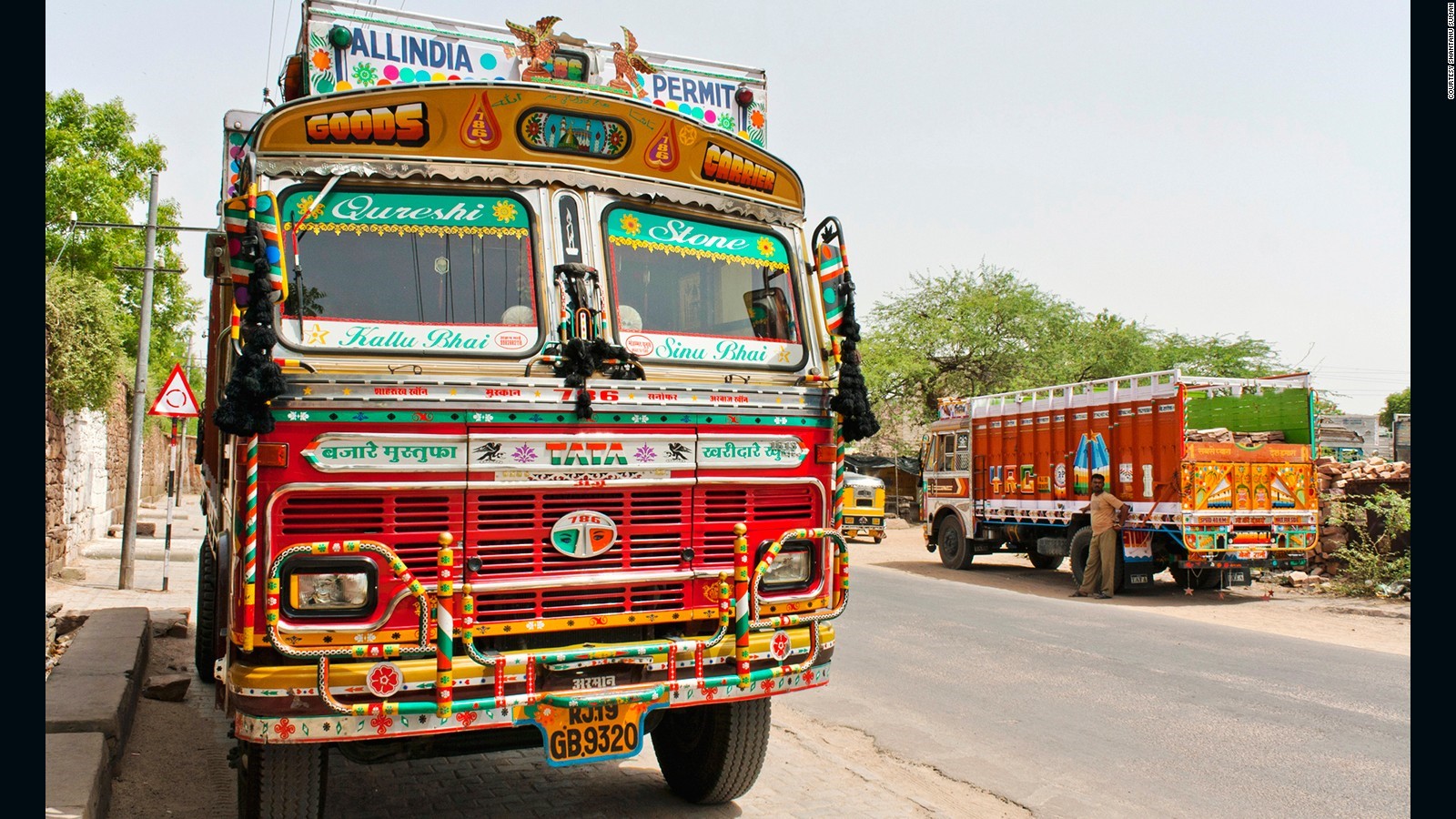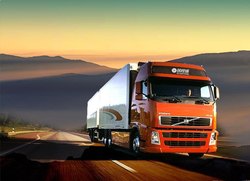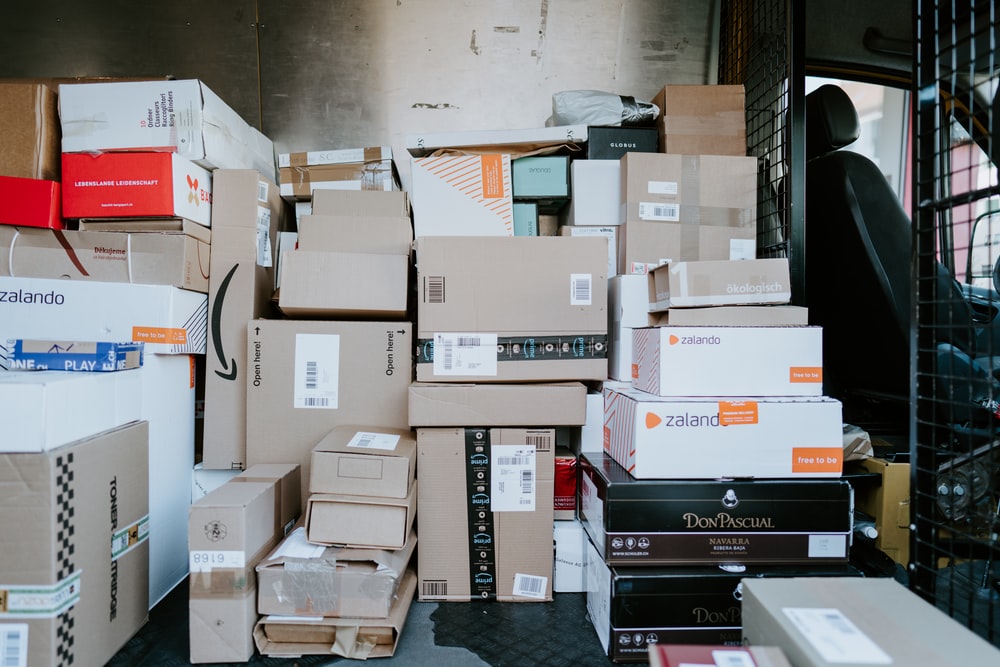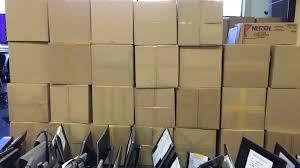Urbanization, population growth, the emergence of e-commerce, and rising income levels have all contributed to India's unprecedented growth, which has increased demand for goods and services. To accommodate this growing demand, the road freight industry is anticipated to rise fourfold by 2050. These expanding fleets' continued use of fossil fuels would only worsen public health risks, increase energy costs, and increase emissions at a time when many nations are making tremendous efforts to reduce them. By 2050, for instance, it will cost over US$1 trillion to import crude oil for the manufacturing of diesel in India to use traditional trucks to fulfill the growing demand.
ZETs are the simple answer to each of these issues and more. Adoption of ZET can directly benefit the people of India and the Indian economy while also assisting in the achievement of climate goals by lowering air pollution and costs while boosting industrial competitiveness.
By 2050, it is anticipated that India's transportation market will have increased by more than four times.
70% of the country's current domestic freight demand is transported by road (i.e., trucks) in India. The majority of such road transportation is carried out by heavy- and medium-duty trucks (HDTs and MDTs, respectively). The number of trucks is also anticipated to more than quadruple, from 4 million in 2022 to around 17 million trucks by 2050, as road freight transport continues to increase.
Zero-emissions trucks (ZETs), such as battery electric trucks (BETs) and fuel cell electric trucks (FCETs), offer a compelling substitute for the diesel trucks that currently account for the majority of road freight in India in light of these market trends. ZET adoption offers India the chance to demonstrate how it is economically efficient and better for air quality, public health, and the environment. ZETs have no tailpipe emissions and lower running costs.
ZETs can have positive effects on the economy, energy security, and emissions.
The capital and operating expenses of ZETs are evaluated conservatively in this paper based on the technology that is now available, with scaled-down vehicle manufacturing and charging infrastructure utilization. Our analysis identified significant economic, public health, industrial competitiveness, and emissions-saving opportunities for India in a mature production scenario.
- 1. ZETs can lead to sustained logistics cost savings.
In India, transportation costs account for 62% of total logistics expenditures, or 14% of the country's GDP. 5 Since diesel fuel prices make up the vast bulk of transportation expenses, the adoption of ZET can significantly reduce associated fuel costs by up to 46% during the vehicle's lifetime, with significant economic ramifications for India.
- 2. A robust domestic ZET market can transform India into a global green hub for battery manufacturing.
Up to 4,000 gigawatt-hours [GWh] cumulatively through 2050, ZETs would be a significant source of demand for domestic battery production, supporting and underpinning the National Energy Storage Mission and giving the country the push it needs to become a hub for low-cost and low-carbon manufacturing.
- 3. ZETs can achieve an 85% sales penetration by 2050 with the right policies in place.
Nearly 90% of trucks delivered in 2050 could be ZETs thanks to cost efficiency and technological maturity.
- 4. ZETs can assist India in weaning itself off of oil imports, advancing the goal of an independent India.
Road freight already represents over 25% of the cost of importing oil, and by 2050, that percentage is projected to increase by more than four times. By adopting ZET, 838 billion litres of cumulative diesel consumption might be avoided by 2050, which would result in a 116 lakh crore reduction in oil costs.
- 5. Inescapable ZET reception could decrease total shipping specific matter (PM) and nitrous oxide (NOx) contamination ~40% by 2050,
significantly further developing air quality in India. Today, trucks address only 3% of the absolute vehicle armada (counting both traveler and cargo) yet are liable for 53% of PM emissions.6 A deliberate change to ZETs can prompt significant upgrades in air quality and advantage residents' general wellbeing.
Strategies and solutions for scaling India’s ZET market
Policy
â— Request Request side strategies to increment customer interest, such as buy appropriations, feebates, interest grant, scrappage motivations, zero-discharges zones, and armada buy prerequisites.
â— Supply-side arrangements to urge customary OEMs to improve and new companies to enter ZET fabricating, for example, unique gear fabricate (OEM) ZET credit plans, ZET creation targets, air quality guidelines, and eco-friendliness norms that advance ZETs and further develop air quality.
Financing and Business Models
â— Through initiatives including public-backed loans, demand aggregation, interest subvention schemes, and risk-sharing arrangements, central and state governments can reduce the risks associated with investing in ZET production and increase access for ZET buying.
â— With the help of techniques like lease purchasing, battery leasing or financing, as-a-service business models, performance guarantees, and more robust and/or extended warranties, OEMs and fleet operators can modernise their business models to lower the cost of owning ZETs and ultimately help push the sector's wide adoption.
â— Through specialised loan products, informed depreciation criteria, and alternative credit evaluations, lenders and other financial institutions can collaborate to develop more advantageous financing for ZET loans..



